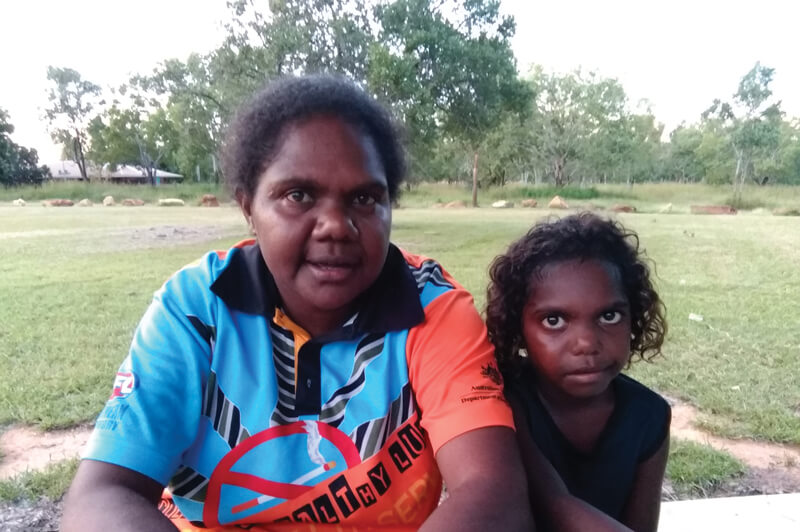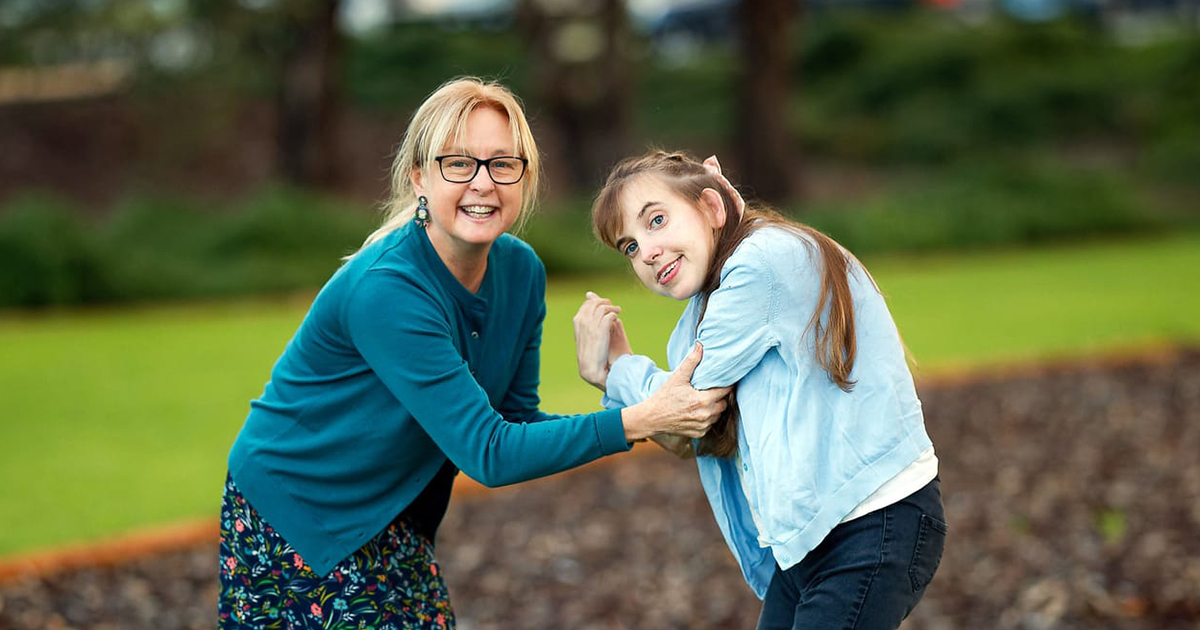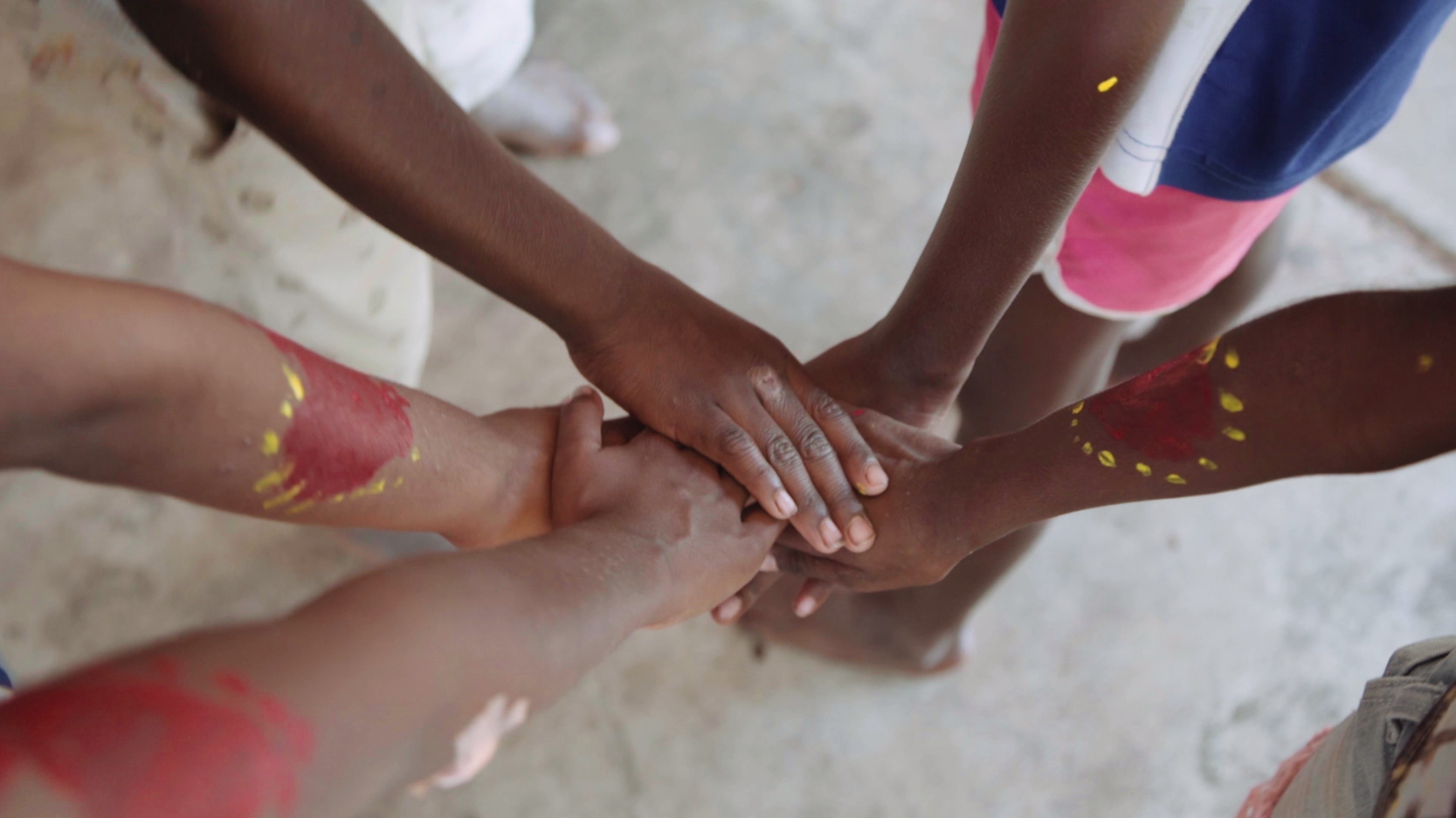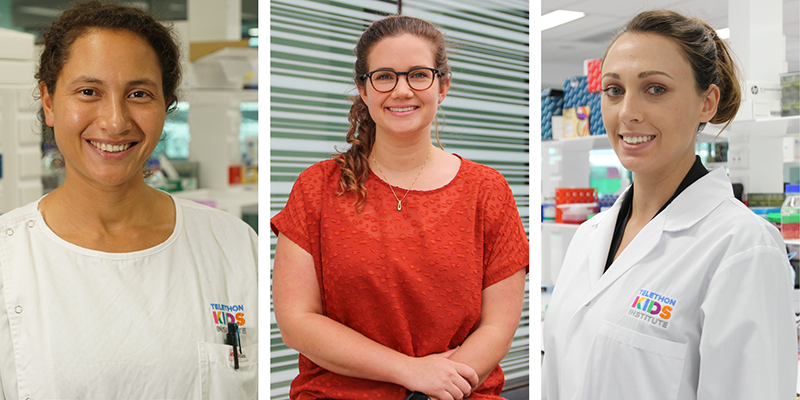Search
Showing results for "Professor"

News & Events
Community collaboration ensures ending RHD is everybody’s businessCollaboration is the driving force behind ‘END RHD Demonstration Communities’ – a new community-driven, research-backed approach to tackling rheumatic heart disease (RHD) in remote Australia.

News & Events
Technology powering researchResearchers at The Kids are harnessing the power of apps and other online tools to ensure the results of their research reach those who need it most – children, young people and families.
Research
Neonatal antigen-presenting cells are functionally more quiescent in children born under traditional compared with modern environmental conditionsOne explanation for the high burden of allergic and autoimmune diseases in industrialized countries is inappropriate immune development under modern...
Research
Fetal head circumference growth in children with specific language impairmentThe aim was to characterise fetal brain growth in children with specific language impairment (SLI). A nested case-control study was set in Perth, WA.

News & Events
Driving change for children with disabilityToday marks International Day of People with Disability (IDPwD), a United Nations initiative that encourages communities around the world to deepen their awareness, understanding and acceptance of people with disability.

News & Events
National funding to help foster healthier food environments and fight RHDResearch teams led by The Kids Research Institute Australia have been awarded $3.75 million to support two innovative projects – one focused on pioneering a national ‘Food Atlas’ to map access to healthy and unhealthy food across the country, and the other on developing new ways to prevent Strep throat and rheuma

News & Events
Raine Foundation grants to support key child health researchThree outstanding young researchers from The Kids Research Institute Australia have been named Raine Fellows and received valuable Raine Priming Grants to support their child health research.
The birth of Channel 7 Perth's Telethon in 1967 happened of all places - on a golf course. Read more about how this massively successful event was created.
Research
Topical antiseptics for chronic suppurative otitis mediaThe effectiveness and safety profile of antiseptics in the treatment of chronic suppurative otitis media is uncertain
Research
Australian Aboriginal children with otitis media have reduced antibody titers to specific nontypeable Haemophilus influenzae vaccine antigensdecreased serum IgG responses to NTHi outer membrane proteins may contribute to the development of chronic and severe OM in Australian Aboriginal children
